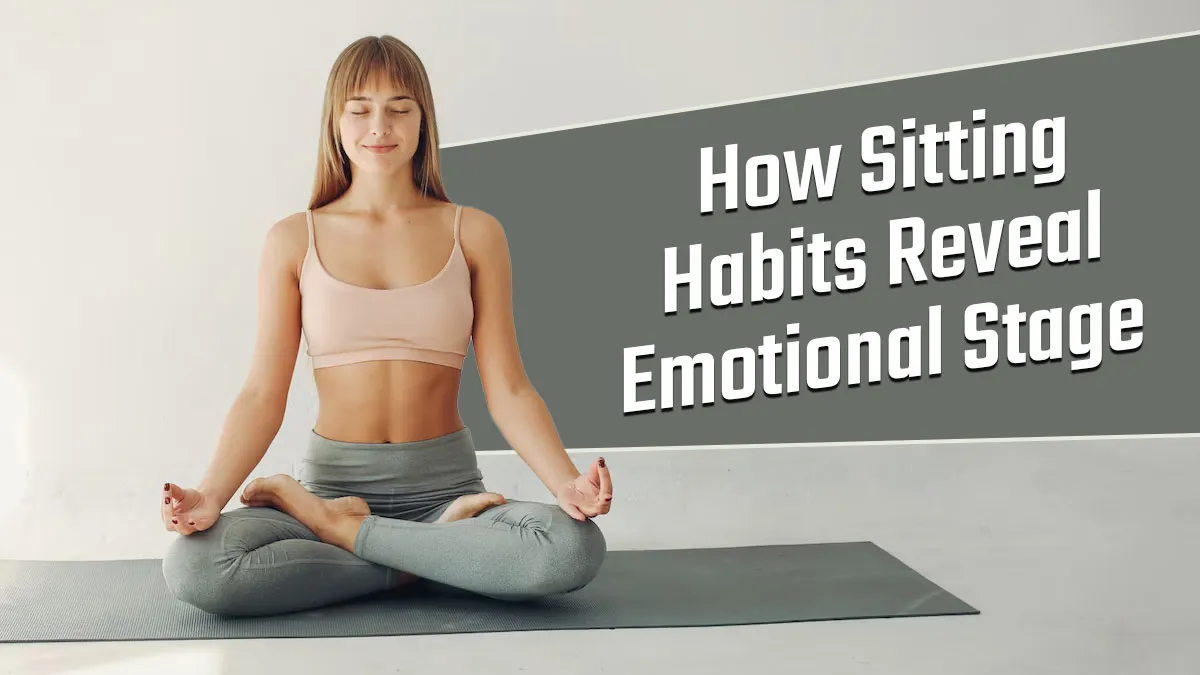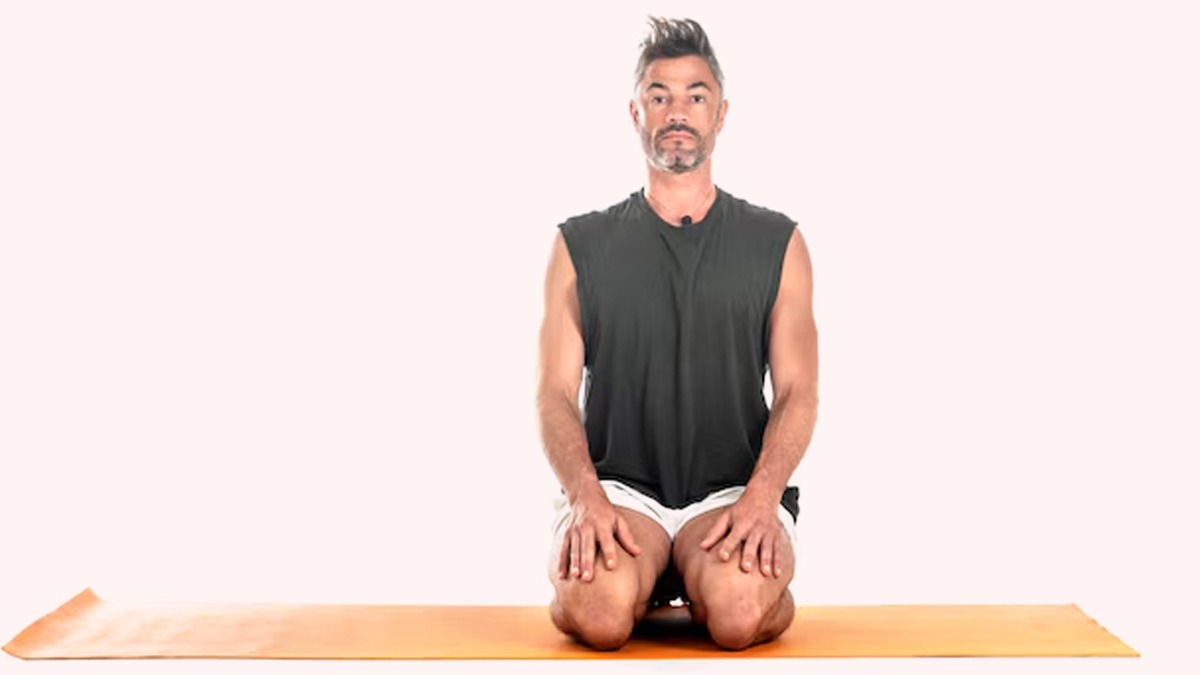
Did you know the way you sit could be a window into your emotional world? Slouching, fidgeting, or sitting stiffly aren’t just physical habits, they often mirror deeper mental states. From the curve of your spine to the tension in your shoulders, your posture silently communicates whether you’re feeling drained, restless, or truly at ease. This mind-body connection isn’t just a metaphor; yoga philosophy has long linked physical alignment to emotional balance. Read ahead as an expert shared how posture reveals mental balance.
Table of Content:-
What Your Sitting Posture Reveals?
View this post on Instagram
Modern lifestyles, dominated by screens and sedentary routines, make it easy to overlook how deeply our bodies and minds intertwine. Greesha Dhingra, Sadhak, Adhyatma Yog, Gurugram, explain that yogic traditions categorise mental states into three gunas (qualities): tamas, rajas, and sattva. “Your posture is a direct reflection of these states,” she says. “By observing how you sit, you can identify imbalances and work toward clarity.” Below is a breakdown of each state.
1. Tamasik State: The Weight of Heaviness
- Posture Signs: Rounded spine, drooping shoulders, reliance on back support.
- Emotional Clues: Low energy, negativity, or emotional burnout.
“A slumped posture signals tamas, a mind burdened by inertia or sadness,” says Greesha. This state often arises from fatigue, isolation, or poor routines.
Tips to Shift from Tamas:
- Morning Movement: Start with Sun Salutations or a brisk walk to shake off lethargy.
- Sunlight Exposure: Spend 15–20 minutes outdoors early in the day.
- Nourishing Diet: Opt for warm, freshly cooked meals; avoid heavy, processed foods.
- Small Wins: Complete 2–3 simple daily tasks to build momentum.
2. Rajasik State: The Chaos of Overactivity
- Posture Signs: Crossed legs/arms, stiff back, constant fidgeting.
- Emotional Clues: Anxiety, insecurity, or overthinking.
“A rigid posture reflects rajas, a restless mind stuck in ‘fight-or-flight’ mode,” explains Greesha. This state is common in high-stress environments.
Tips to Calm Rajas:
- Slow Breathing: Practice Chandra Bhedana (left-nostril breathing) to cool the mind.
- Mindfulness: Pause to appreciate small joys or walk in nature.
- Evening Routine: Unplug early; try candlelight meditation or gentle music.
- Gentle Yoga: Focus on slow poses like forward folds to ground yourself.
3. Sattvic State: The Grace of Balance
- Posture Signs: Straight spine, relaxed shoulders, effortless sitting.
- Emotional Clues: Confidence, calm, and mental clarity.
Greesha describes this as the ideal: “A sattvic posture shows harmony—your mind is open, and your body is at ease.”
Tips to Cultivate Sattva:
- Daily Meditation: Even 10 minutes fosters inner stillness.
- Clean Eating: Choose fresh, plant-based meals.
- Restorative Sleep: Aim for 7–8 hours nightly.
ALSO READ: Over 8 Hours of Screen Time? Try Netra Shuddhi – Ayurvedic Tips for Eye Care by Experts
The Science Behind Posture and Mental Health![sitting posture 2 - 2025-04-10T154657.506]()
A study found that even a single session of yoga could reduce stress levels significantly by lowering blood pressure and boosting self-confidence. Participants who practiced seated yoga poses reported feeling calmer and more centered after just one session. This highlights how posture not only reflects mental health but can also influence it positively.
Yoga practices like Sun Salutations or grounding poses can help shift your energy from tamasik or rajasik states to a more sattvik one. Regular practice fosters mental clarity and emotional stability.
Your Body Can Shape Your Mind![sitting posture 1 - 2025-04-10T154700.626]()
While posture reflects emotions, the reverse is also true. Adjusting how you sit can positively influence your mood. Greesha advises, “Sit tall, take deep breaths, and notice how confidence grows. Your body isn’t just a vessel as it’s a tool for transformation.”
ALSO READ: Got Sunburn? Try This Ayurvedic Treatment with Ghrit Kumari (Aloe Vera) for Instant Relief
Conclusion
Next time you slump into a chair or catch yourself fidgeting, pause. Ask: What is my posture saying about my mind? Your sitting habits are more than physical as they are windows into your emotional state. By observing how you sit and making small adjustments through yoga practices, you can transform not just your posture but also your mental well-being.
Also watch this video
How we keep this article up to date:
We work with experts and keep a close eye on the latest in health and wellness. Whenever there is a new research or helpful information, we update our articles with accurate and useful advice.
Current Version

